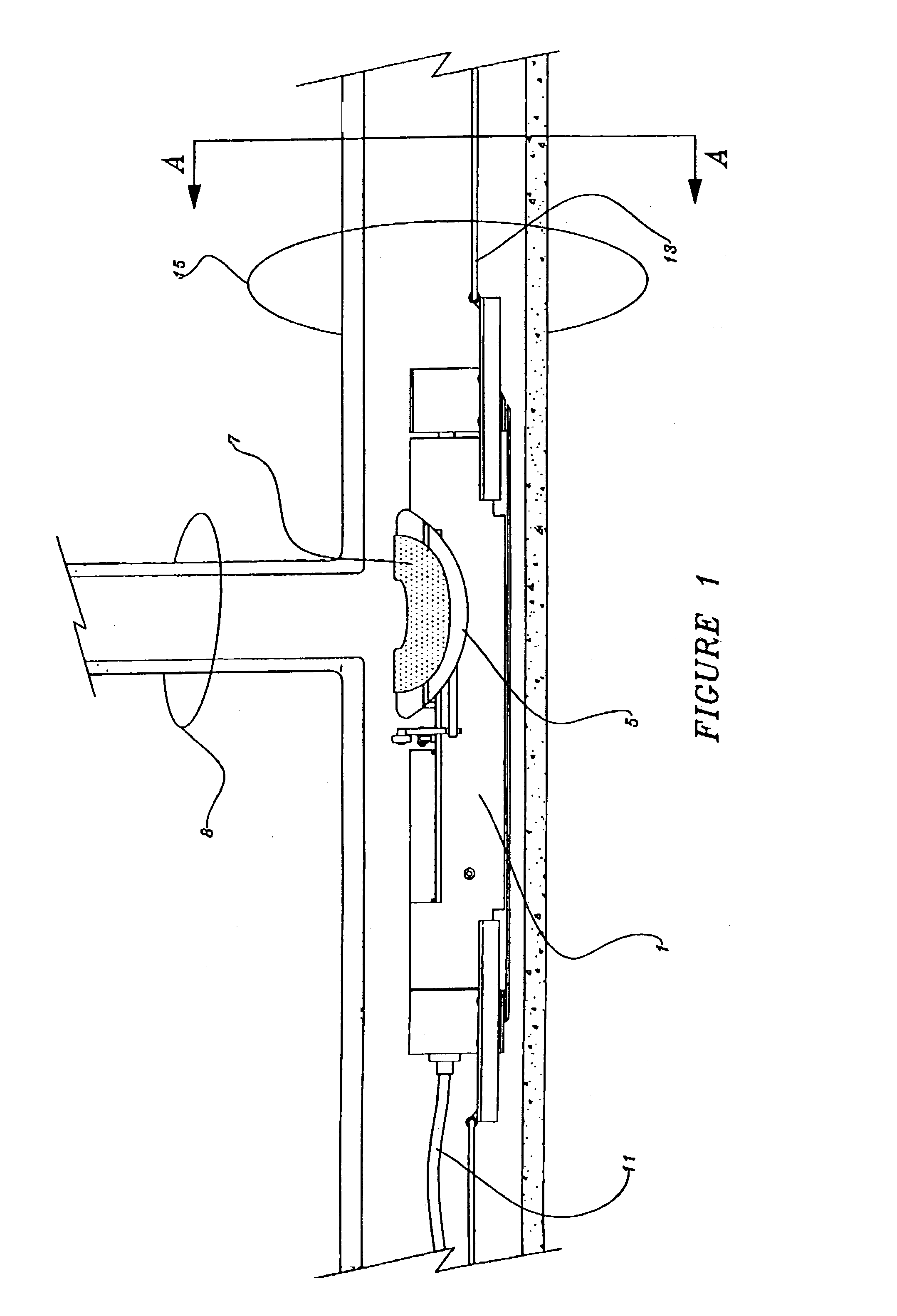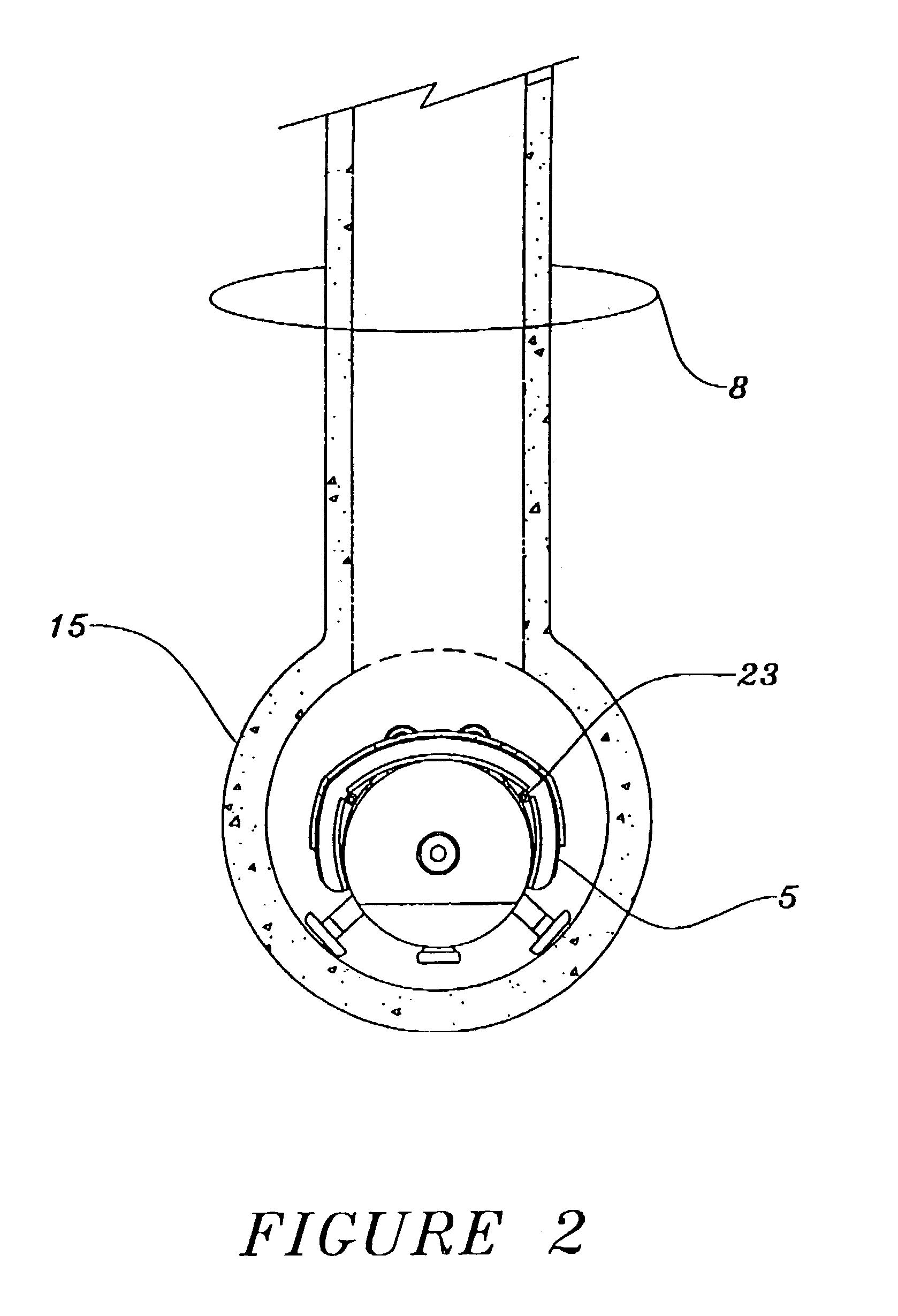Apparatus, methods, and liners for repairing conduits
a conduit and lining technology, applied in the field of apparatus, methods, liners for repairing conduits, can solve the problems of insufficient flexibility of needle-punched felt material to conform well to the surrounding pipe wall, affecting the confluence between the main line and the intersecting side line, and affecting the quality of linings
- Summary
- Abstract
- Description
- Claims
- Application Information
AI Technical Summary
Benefits of technology
Problems solved by technology
Method used
Image
Examples
Embodiment Construction
[0054]While this invention is susceptible of embodiments in many different forms, there is shown in the drawings and will herein be described in detail preferred embodiments of the invention with the understanding that the present disclosure is to be considered as an exemplification of the principles of the invention and is not intended to limit the broad aspect of the invention to the embodiments illustrated.
Conduit Intersection Repair:
[0055]A preferred embodiment of the apparatus of the present invention is depicted in FIG. 1. In accordance with the invention, the apparatus includes a main body 1 that is positioned in a first conduit 15. The first conduit 15 may be pipe forming a main line of a sewer system. The main line 15 intersects a second conduit or lateral line 8. Lateral line 8 is shown here in a perpendicular position essentially at a 90° angle to the main line pipe and intersects the main line pipe at the top portion. This condition is typical but may also be arranged in...
PUM
| Property | Measurement | Unit |
|---|---|---|
| diameters | aaaaa | aaaaa |
| water temperature | aaaaa | aaaaa |
| angle | aaaaa | aaaaa |
Abstract
Description
Claims
Application Information
 Login to View More
Login to View More - R&D
- Intellectual Property
- Life Sciences
- Materials
- Tech Scout
- Unparalleled Data Quality
- Higher Quality Content
- 60% Fewer Hallucinations
Browse by: Latest US Patents, China's latest patents, Technical Efficacy Thesaurus, Application Domain, Technology Topic, Popular Technical Reports.
© 2025 PatSnap. All rights reserved.Legal|Privacy policy|Modern Slavery Act Transparency Statement|Sitemap|About US| Contact US: help@patsnap.com



